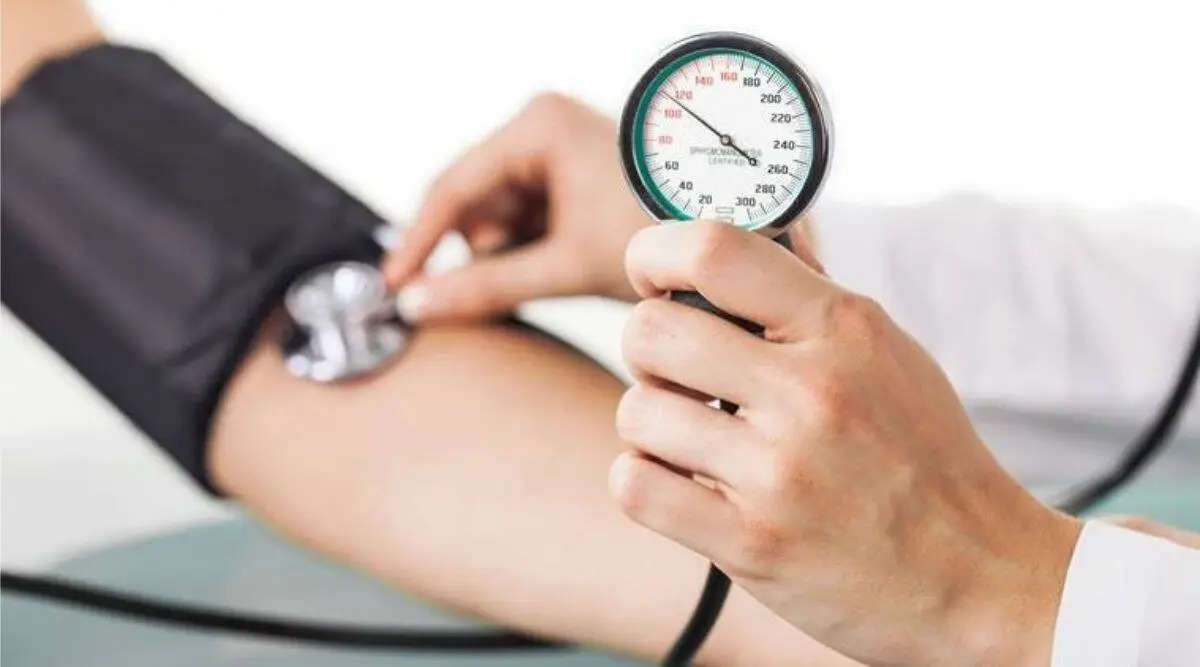Many of us would be taking blood pressure readings rather frequently to keep tabs on our hypertension. Question is are we doing it right? The confusion has arisen after recent research by the American Heart Association, which was published in August, indicated that “taking blood pressure readings from both arms and using the higher reading would more accurately capture who has high blood pressure – and is at increased risk for cardiovascular disease and death – than relying on readings from a single arm.”
While we usually follow the left arm reading, assuming it to be the higher reading, the research indicates that a comparative reading may be a better way to measure the extent of hypertension and help in more targeted vigilance and treatment, and therefore, avoid heart attacks and strokes.

WHY ARE READINGS FROM BOTH ARMS DIFFERENT? IS THERE A NEED TO CORRELATE BOTH?
“There is an anatomical difference in both arms. The aorta, which is the main artery that carries blood from your heart to the rest of the body, has branches in the left and right arms in the form of sub clavian arteries. In the right arm, the sub clavian artery is 90 degrees from the aorta, so the pressure is a little less. In the left hand, the sub clavian artery from the aorta has a better angle, around 170 degrees, so it is more trusted as a source of measuring BP and works for most people. A comparative difference may be done on a case-specific basis. If the difference in readings is by 2 to 3 mm Hg, rather less than 10 mm Hg, then there is no need to follow the double drill. But if more than 10, then we investigate for blockages or constriction in the sub clavian artery. This is what we call an obstructive arterial disease and a diagnosis is based on consistent interarm readings. Then we proceed to treat that condition,” says Dr Bimal Chhajer, cardiologist, former consultant at AIIMS and founder of SAAOL Heart Institute (Science and Art of Living).
WHAT REALLY MATTERS IS THE RIGHT WAY OF MONITORING
Most Read 1Chandrayaan-3 mission: Dawn breaks on Moon, all eyes on lander, rover to wake up 2As Indo-Canadian relations sour, anxiety grips Indian students, residents who wish to settle in Canada 3Karan Johar says Sanjay Leela Bhansali did not call him after Rocky Aur Rani: ‘He’s never called me but…’ 4Gadar 2 box office collection day 40: Hit by Shah Rukh Khan’s Jawan onslaught, Sunny Deol movie ends BO run with Rs 45 lakh earning 5Shubh’s tour in India cancelled: Why is the Canada-based singer facing the music?
Many people wonder if BP monitoring with a home device is good or getting it read through the conventional, manual route is better. Which one should one trust more? “These electronic devices are now being used in hospital OPDs too. They just have to be from a good, ISI marked and certified company. A good way to check their efficacy is by getting your BP read in the conventional manner and then checking it on your device. If the readings are close to each other, then you know your machine is working fine,” says Dr Chhajer.
For a reliable reading, what really matters is the precision of the sound tracker of your beats. “The placement of the electrode is very important, it has to pick up the arterial flow. You may repeat readings two or three times about two to three minutes apart, just to be sure and to eliminate the anxiety that happens when you take your reading the first time, thinking it could be high. Take your BP while you are calm and not after any intense activity. If diagnosed hypertensive, try to take BP at the same time everyday to compare the likeness of daily scenarios. The way you place your arm cuff (should be about 2 cm above your elbow to make sure it can detect the artery just under the skin) affects your reading. Even in the conventional way of measuring BP, there is a series of sounds to be monitored. So, the best doctor knows how to measure the first sound (systolic, ideally 120) and then the last sound (diastolic, ideally 80). The higher the blood pressure value or the top number, the harder the heart has to contract to get it out. And the lowest sound tracking is to ensure that the blood has passed and the heart is at rest in between beats. So even in a clinic, you need a good certified person,” adds Dr Chhajer. For research purposes, he says, some doctors even use the random zero BP machine or sphygmomanometer to eliminate digit preference and reduce measurement error.
Also ReadHow a German hospital used ayurveda as supportive therapy to help Parkins…What if I cannot sleep more than 5 hours despite my best efforts? How to …Count your carbs: How much rice can a diabetic have? Is brown rice better…What causes death from dengue? What symptoms to watch out for?
The study, where researchers analysed medical data for 53,172 adults from 23 studies in countries around the world, found that interarm readings resulted in 12 per cent of people who had hypertension falling below thresholds for diagnosis or treatment.


